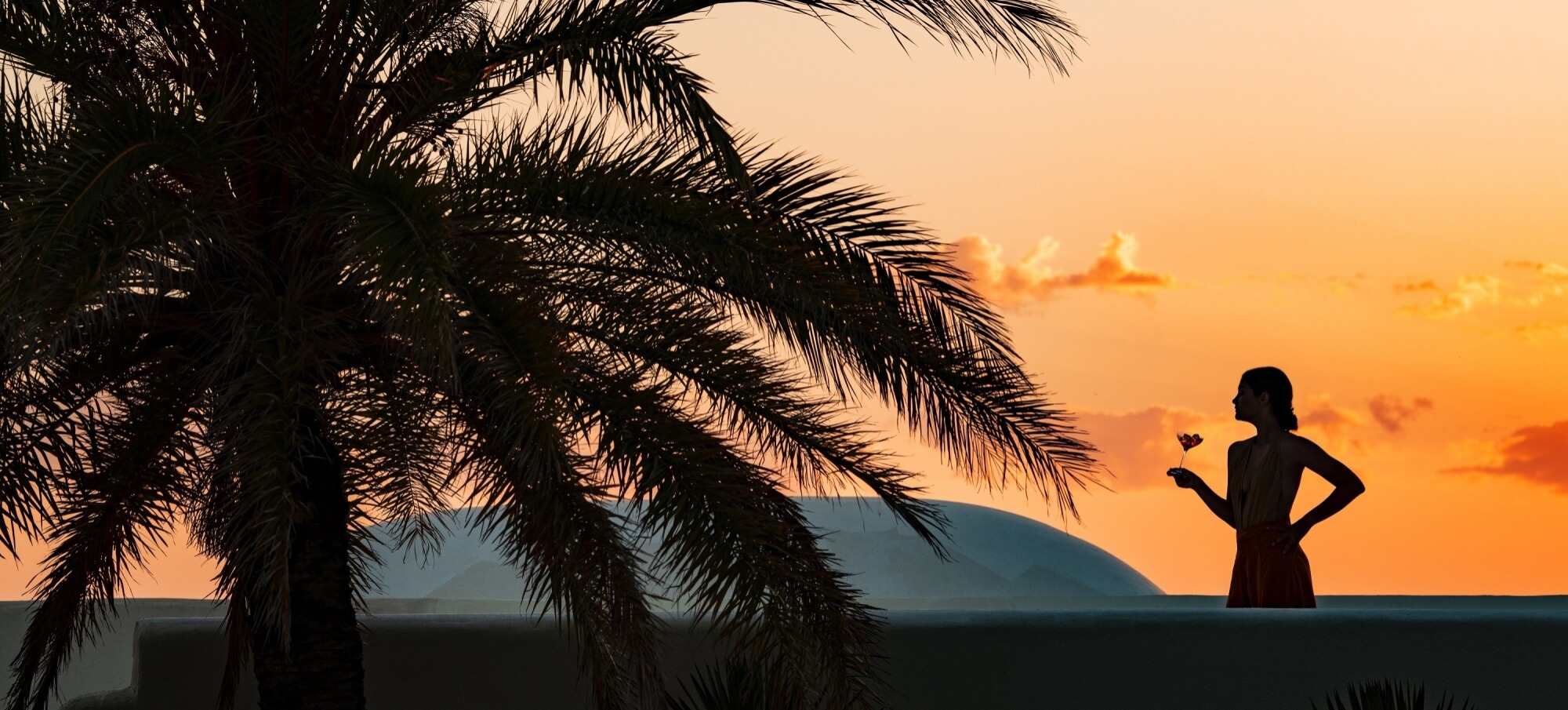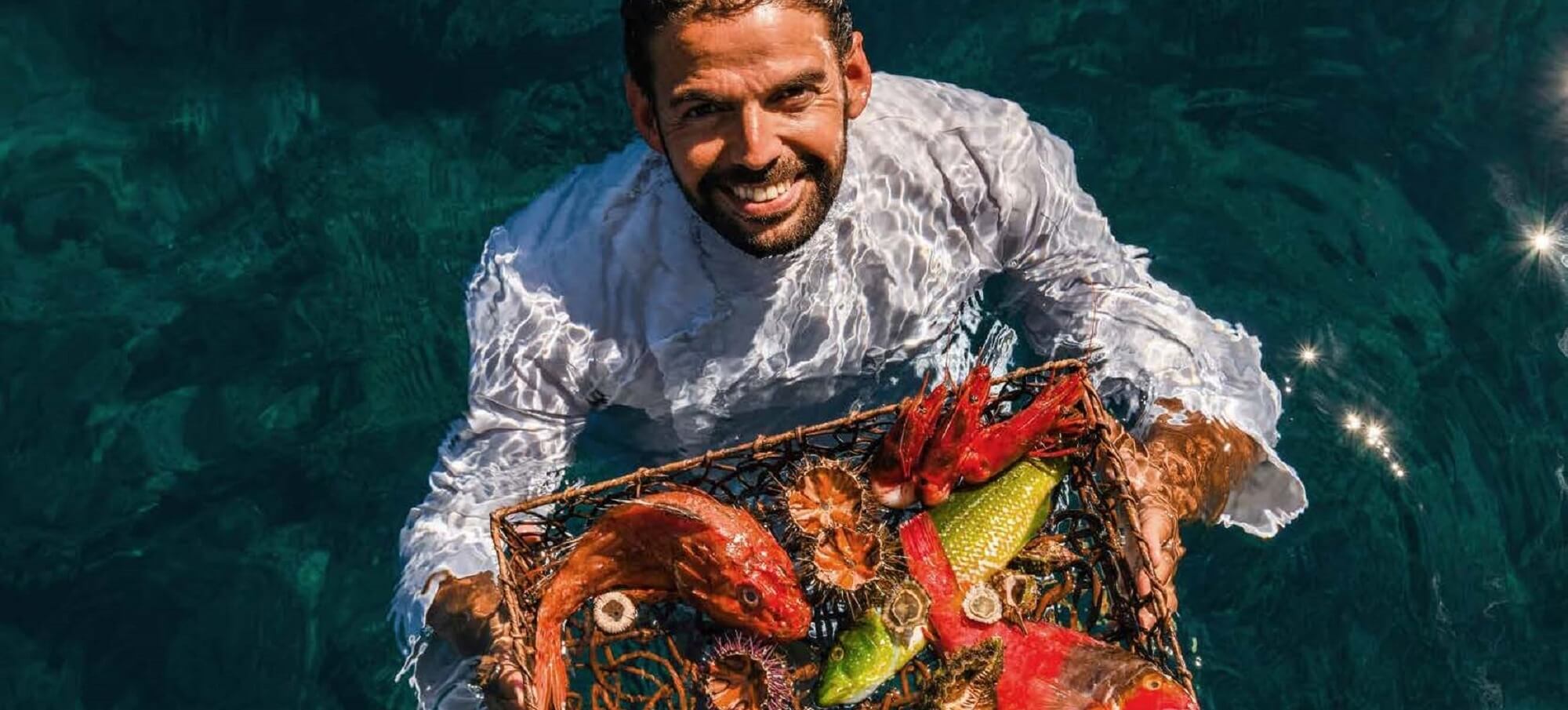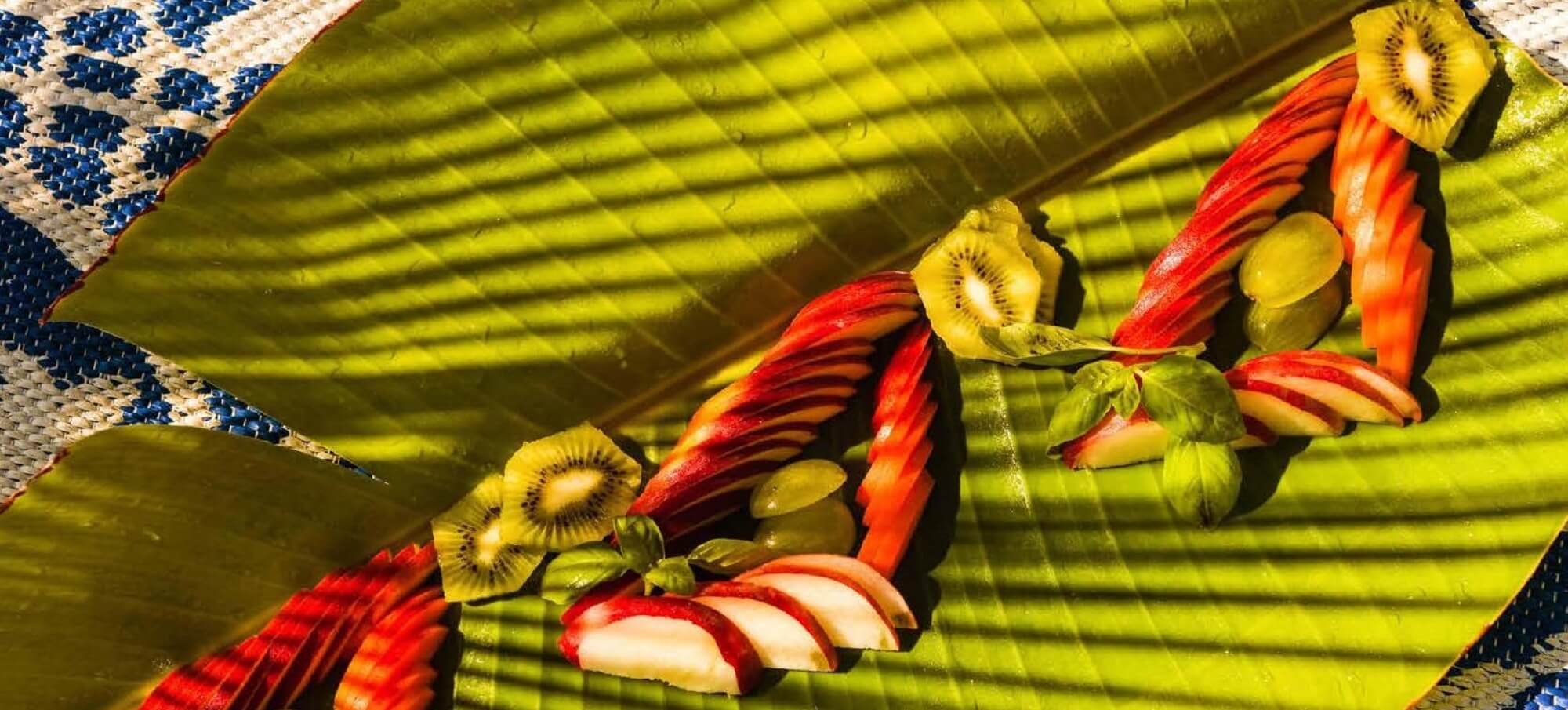The other Sicily
A triumph for the senses in Pantelleria
Any trip to Italy is a voyage of discovery - millennia of history, supreme art, landscapes to fill your heart and soul, but especially an honest love for delicious, rich, genuine and simply divine food. Food is prepared with love, enjoyed with gusto, recipes jealously handed down from one generation to the next, with the aim of preserving the authenticity that makes Italy unique. Zigzagging across the peninsula, you will find that people talk about food all the time. The Belpaese is a culinary powerhouse that knows no boundaries: you are in fact never too far away from a superb dining place and a memorable meal. And this is true everywhere, every region bringing its own heritage of tastes and zest. Travelling to the south, Sicily is worth a detour, a longish trip to be fair, its rich history defying the test of times and needing time to be fully savoured. This time we want to reveal the magic that lies just south-west of this lovely island: Pantelleria.
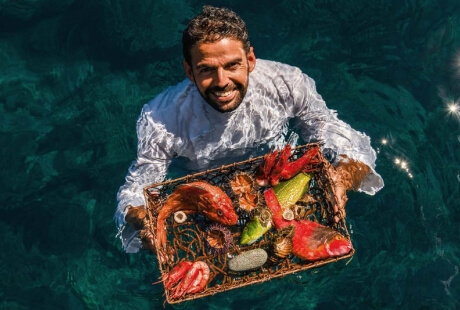
1. A genuine land of plenty
Travel to this most original island and you will be amazed by its colours, its lovely African sunsets, a scenic volcanic landscape, its many superb sites that reveal hidden gems – Lago di Venere, the Elephant Arch, natural mudbaths and so on – but most of all, its food will surprised you. The local food is pantescan, meaning it is true to the soul of the island: the fertile volcanic soil found here yields divine products, from fruits - plump, flavour-rich figs that grow in several varieties and can be as big as oranges, excellent lemons as testified by the abundance of lemon trees are but examples – to vegetables, like juicy red tomatoes or tasty eggplant, but especially capers, considered to the best in the world.
There are many recipes that employ these products, such as Pesto di Pantelleria (known as ammogghio), made with tomatoes, oregano, garlic, salt and oil (some add almonds): season your spaghetti with it and add grated breadcrumbs on top. Divine. For a fresh start try the Insalata Pantesca, made with tomatoes, capers, onions, boiled potatoes and fish. Ravioli amari are not bitter but filled with juicy ricotta and mint: lovely. And we’ve only just begun…
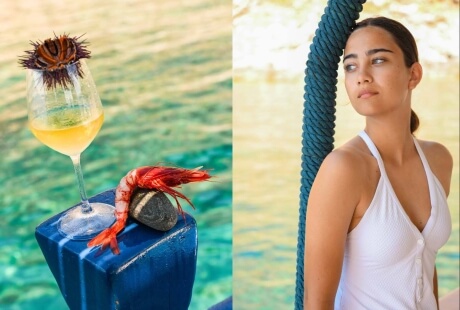
2. Where the wind sets the tone
Pantelleria is known as bent-al-riyah – the daughter of the wind; it goes without saying that growing any type of food can become troublesome at times. The resourceful local inhabitants have nonetheless striven to achieve astonishing results over time: the local wines are a case in point. Grapevine growing techniques in Pantelleria date back to the Phoenicians and have earned a UNESCO heritage status. In the so-called vite ad alberello (head trained bush vines), growers dig a hollow in the soil and then plant the vine a few cm from the ground; the branches are then pruned to produce six branches and then harvest is done rigorously by hand, in the presence of both old and young farmers, the aim being a communal learning process. The Passito di Pantelleria is the outcome (a sweet wine made with Zibibbo grapes, best enjoyed after dinner or lunch. overlooking the sea, dipping your biscotti into.) Moscato di Pantelleria is also produced and both are DOC wines. Let’s raise a glass!

3. Olive trees
Dot the volcanic terrain and seem to have gently given way to the strong winds, their height barely reaching one metre; called “dwarf olive trees”, these centuries-old trees bear golden fruits. Pantescan extra virgin olive oil is a delicacy that reveals the hard labour hidden behind it: olives are harvested by hand in a convivial moment that unites generations and culminates with a lovely meal as a way of celebrating the yearly produce. After the harvest, the olives are processed with absolutely no chemicals and, after a rigorous procedure, yield a distinctly flavoured olive oil. There is only one olive press on the entire island and this means procedures are always strictly controlled to guarantee a genuine product. On average, four thousand tons of extra virgin olive oil are produced early: make sure you taste it and you’ll grasp the essence of the island

4. Life is sweet under an African sky
Being closer to Tunisia than Sicily, north African influences are sensed throughout the island, from the typical round-topped, white dammusi to the magical sunsets that need to be lived to be fully enjoyed, and of course the cuisine, where spices, cous cous, honey and dried fruits are often employed. This is especially true of sweets and desserts: Mustazzoli, pasticciotti, cannoli, sfinci, cassata di ricotta and, of course,
Baci di Pantelleria, perhaps the most famous of the lot. Were it not for the sense of guilt that may be sensed after a second bacio, one could go on and eat them endlessly. They are made with two fried waffles that look like hand-woven embroidery, enclosing a ricotta cream with added dark chocolate flakes. The crispness of the waffles mingles perfectly with the softness of the filling, making this a delicious dessert, whose taste will last for a long time, long after you’re returned home, kicking in that sense of nostalgia that Pantelleria bestows upon each and everyone, after they have left. It’s high time you visited yourself!
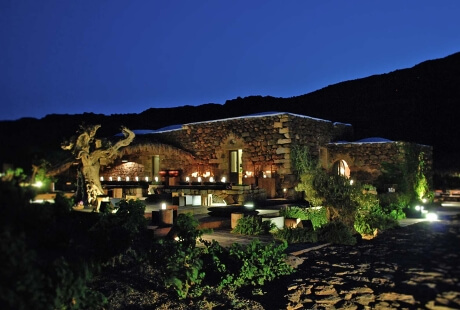
5. Coste Ghirlanda
The Wine Estate “Coste Ghirlanda” and its vineyards are some of the most beautiful landscapes around the globe, the dry and complex lands in which our internationally renowned wines are born. Pantelleria is the ultimate destination for wine tourism, as the island holds the only vineyards worldwide whose practice of cultivation has been recognized as part of Unesco’s World Heritage. Fantastic location for wedding, private and corporate even
Travel Tips where to stay:
Sikelia Pantelleria Luxury Retreat
Ask for more info about the best experiences and itinereraries we can design in Italy
All contents, photos and texts are subject to copyright. They are only authorised on my website and social media. Ideas can be a source of inspiration, but any unauthorised use of images and texts is strictly forbidden. All rights reserved.
